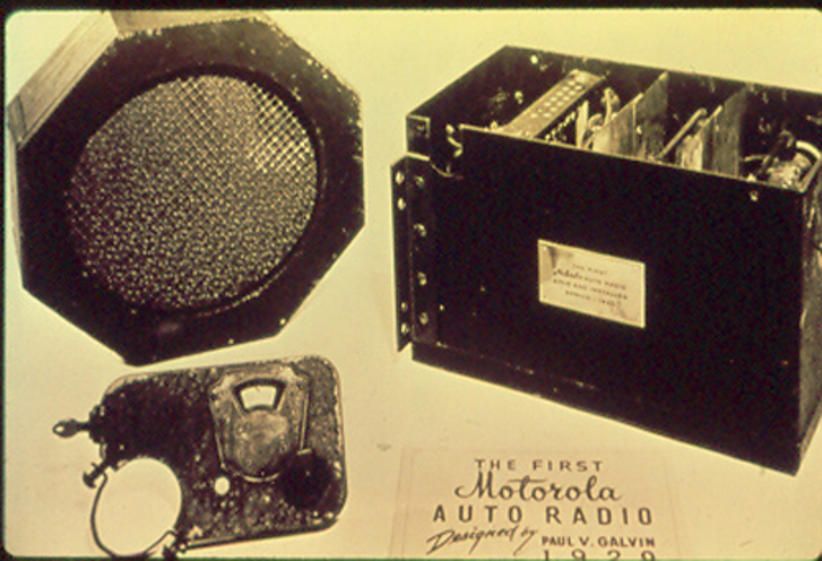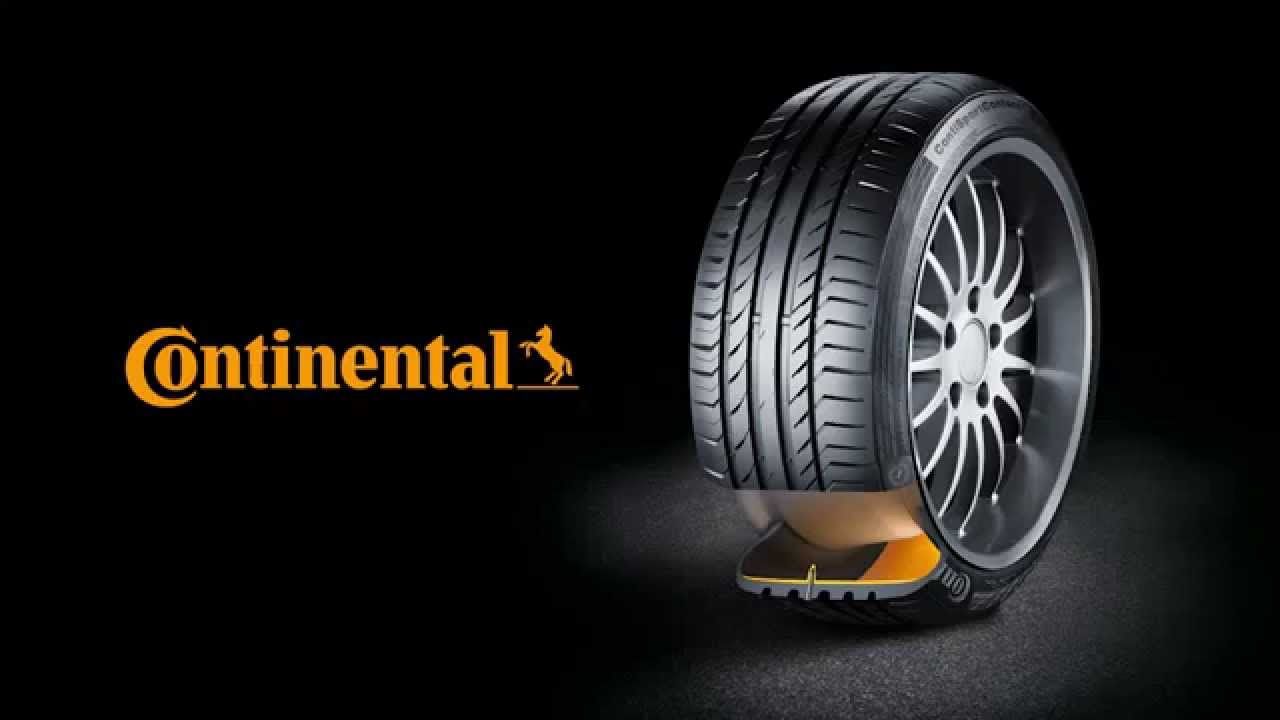I have five more incredible automotive facts for you. This time, we are visiting a period when car tires had one of the biggest evolutionary steps. After that, you will learn a cool fact about the Shelby GT350 and the way it actually got its name. Both of these facts, however, pale in comparison to a something very interesting about eh Bentley Mulsanne. For that, I'm talking about luxury and excessiveness. That’s it.
Well, without further ado, enjoy:
The first grooved tires were produced in 1904 by Continental
Note: modern Continental tire pictured here.
In the early days, the car industry fought its biggest fight against low-quality tires. The compounds crafted for tire manufacturing were so brittle and labile that car companies could never use the full potential of their cars. Not only that but in the early days, car tires did not have grooves or any other relievo that could actually help with traction on any surface. That all changed in 1904 when a German tire company - Continental AG - developed the first tire with grooves.
Despite all of the advancements though, car tires were still far, far away from the sophisticated units they are today. Driving fast was a problem as no one actually knew how well the tires would work or if they could actually manage to survive the stresses of a high-speed chase. Cooling them a bit with the Continental grooves helped some.
Michelin did the same. In the U.S. flat tread tires appeared in 1906 by Diamond Rubber Co. and Gormully & Jeffery Manufacturing Co.
How the Ford Mustang Shelby GT350 Got its Name
Although many claim this to be the truth, I am not entirely convinced that one of the most praised American icons - the Shelby GT350 - got its name after the distance between the offices and workshop buildings at Shelby back then.
The story goes as follows:
When discussing possible names with an engineer, Phil Remington, who basically made the Cobra a reality, Carroll Shelby inadvertently asked what is the distance between the office building and the workshop building. Remington answered - 350 feet. Apparently, this was the number Carroll Shelby found to be appropriate for the new car.
Read our full review on the 2019 Ford Mustang Shelby GT350.
18 Cow Hides are Needed To Make The Interior Of The Bentley Mulsanne
This story isn’t a nice one, but it simply shows how wealthy people love leather and how important cattle really are for the car world.
Bentley estimated it needs 18-19 cowhides to make the interior of the Bentley Mulsanne, its large luxurious saloon. Now, Bentley does not use just any hide of just any cattle. The cows Bentley needs are rather incredible. The only leather that could ever end up in the Mulsanne comes from cows bred in places without barbed wire, at high altitude, without insects that could scathe the skin.
So, yes, Bentley is using cows that basically grew at what can only be described as a five-star farm resort. That is why the interior of the Mulsanne is that impressive. Now, certain other companies are using the skins of cows of the highest quality, but I am most intrigued by the fact that Porsche does it too. See, Porsche produces exceptional cars - sporty, luxurious, and awesome. Actually, the company produces up to 200,000 vehicles per year. Porsche needs five cow hides for the interior of one vehicle it produces, and this means that one million cows need to be skinned yearly to enable Porsche to put leather in its cars. Ok, not all cars have so much leather inside (some, none at all), but even if I try to make an educated guess that 150,000 produced Porsches every year need leather, we come to a number of 750,000 skinned cows. And don’t think for a second that Porsche uses just any run of the mill cowhides. I would like to find out just how many cow skins end up in cars today.
Read our full review on the 2018 Bentley Mulsanne.
World record for removing and replacing a car engine
Steve Muller with his colleagues managed to replace an engine in an old Volkswagen Beetle in just under two minutes. While impressive, this result is basically nothing compared to what five Royal British Marines from Portsmouth managed to do with the engine swap in the Ford Escort.
Before the attempt, five Royal British Marines practiced for two weeks straight in an effort to swap the engine in the Ford Escort in less than one minute. Well, you know what? They managed to do so. Five Royal British Marines thus entered the Guinness Book of World Records.
Nowadays, due to complexities involved, tight packaging and all the electronics, a feat like this is simply impossible. Nevertheless, cars like the Ford Escort and the Volkswagen Beetle remind us what an extraordinary achievement a man could accomplish without the complexities of the modern world.
The First Dashboard Radio Was a Motorola
Paul and Joseph Galvin, in partnership with William Lear, changed the car for the better. In 1930, these three developed and demonstrated the first automobile radio integrated into the dashboard. It was called the “Motorola.”


